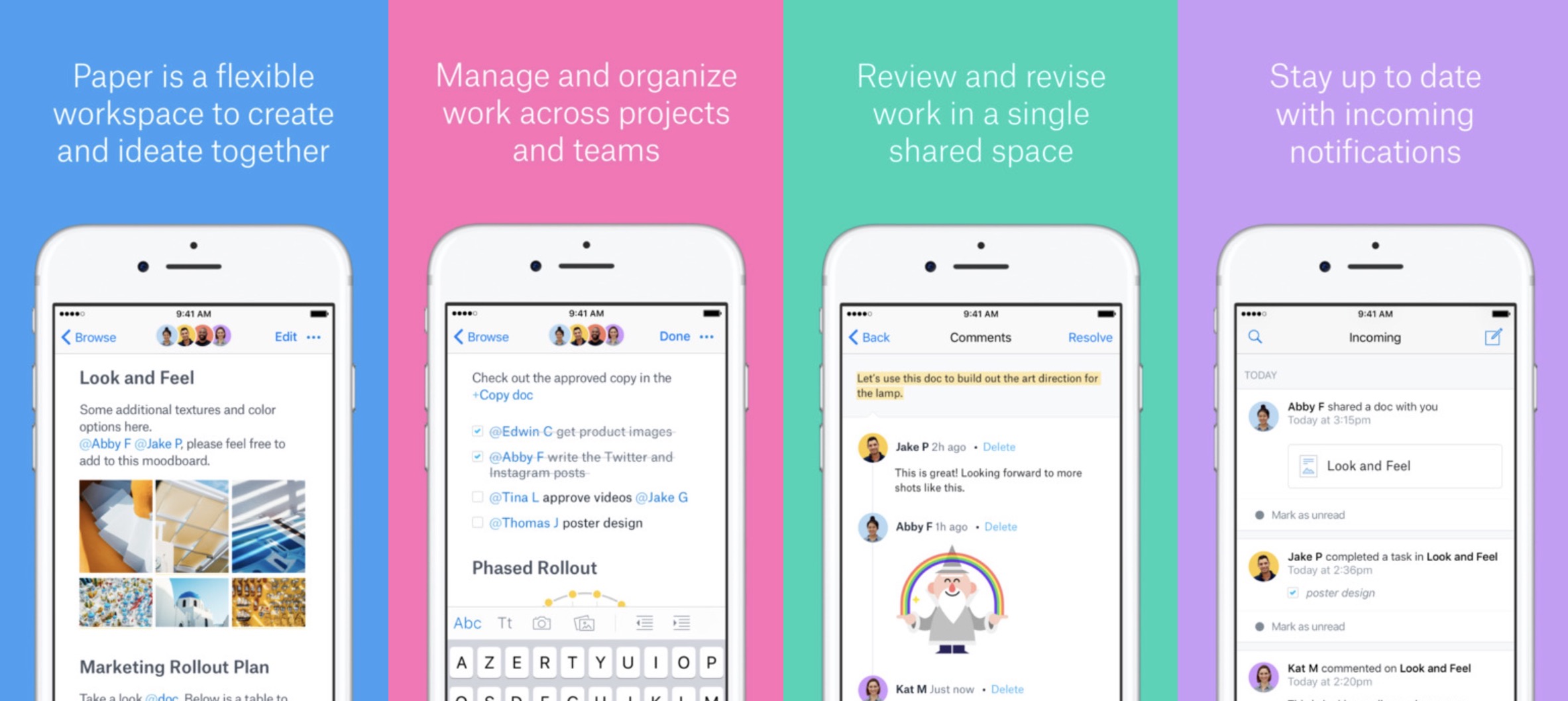

This in a superior way with Word and Excel documents, essentially round-tripping edits into synced files in the desktop or the cloud. With its Office-in-the-Cloud, Microsoft actually preserves both the file format and allows a variety of editors (which is what preserving the file format enables). Stable File Format is Key to Offline Sync, Editor Diversity This means Paper is not a first class filetype, and therein lies the rub. In other words, Paper documents only live in Paper, the Application (akin to Google Docs). The thing is, Paper doesn't have a public spec or source available. Clearly there is some kind of zip/archive file format behind the scenes, which we simply don't have access to, or perhaps a nasty rats nest of pointers in a database.

This is similar to what Github does well with its Github-flavored Markdown. Drag in and the image appears as a part of the document. With Dropbox Paper there is at least one additional feature from straightforward Markdown, the inclusion of images without having to know where they physically reside. We like Markdown Extra as a more complete specification. Of course by Markdown we mean much more than the anemic initial (but no less necessary) initial Markdown spec.

This is what the cloud editors do, after all, provide some level of editing of desktop-class documents, collaboratively, and those same files are generally available in the same binary format (via sync or import/export). However, there are those of us who prefer something with Markdown as a first class document filetype, which could be seamlessly synchronized alongside other files, and edited with other editors. This is a great benefit for those who work while on the go.Conclusion: Ignore Dropbox Paper Markdown as a First Class Filetype Plus, you can also edit documents this way, even without an internet connection.


 0 kommentar(er)
0 kommentar(er)
